Darwin’sDiscovery
In1831,ayoung,English naturalistnamedCharlesDarwinboardedashipcalledthe Beagle. Hewasheadedonafive‑yearexpedition.Histask?Tocollectandstudyanimal,plant,androcksamples.Darwinwouldbecomeoneofthemostfamousscientistsofhistime.Hecontributedtothe theory ofevolution.Heproposedthatalllivingthingshavedescendedfromcommon ancestors.
Whatislesswell‑knownaboutDarwinisthathewaspronetoseasickness.Asaresult,Darwinwasalwaysthefirsttogoashoreandthelasttoleaveit.Becauseofthat,hiscollectionofsampleswasbothlargeand diverse.
Darwintookmanynotesandkeptajournal.AlongwiththelogsoftheBeagle’scaptain,RobertFitzRoy,theyhelpustoknowexactlywheretheytraveledandwhatthey collected.
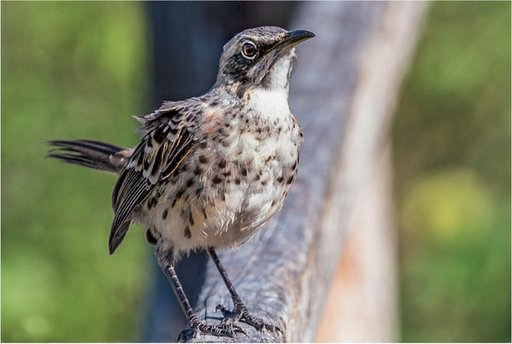
SanCristóbal mockingbird
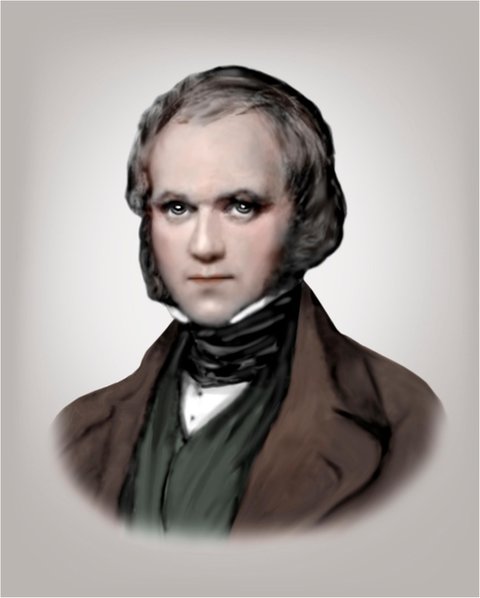
Charles Darwin
WhereTheyTraveled
TheBeagle reachedtheGalápagosin1835andspentfiveweeksthere.Darwinvisitedfourofthelargerislands.SanCristóbalwasfirst.Madeupoffourextinctvolcanoes,itishometotheoldestpermanentsettlementofthe islands.
SanCristóbal’sdry,rockycoastwasnotwhatDarwinwasexpecting.Theislandseemeddevoidoflife.Hefoundpatchesofdesertplants.Inapartlyvegetatedlavafield,hefoundtwoenormoustortoises.Theyweregrazingoncactus.Here,Darwincollectedthefirstspeciesthatwouldbecomethefoundationofhistheory,theSanCristóbal mockingbird.
MockingbirdMystery
Floreanawasthesecondislandtobeexplored.Darwinspentthreedaysherecollectingsamples.Theseincludedasecondimportantbird,theFloreanamockingbird.ThedistinctdifferencesbetweenthisbirdandtheonefoundonSanCristóbalpromptedDarwintopaycloseattentiontoGalápagos birds.
OnFloreana,DarwinalsometwithafellowEnglishmannamedNicholasLawson.Hewastheactinggovernorfortheisland.LawsontoldDarwinthathecouldidentifywhichislandatortoisecamefrom.How?Bylookingatitsshell.Eachisland’stortoisesweredifferent,hesaid.Darwinwonderedabout that.
ThevolcanothatisIsabelaIslandwaseruptingwhenDarwinexploredit.Heobservedlavaflowsandsmokecomingoutofcraters.Hetookdetailednotesandcollectedland iguanas.
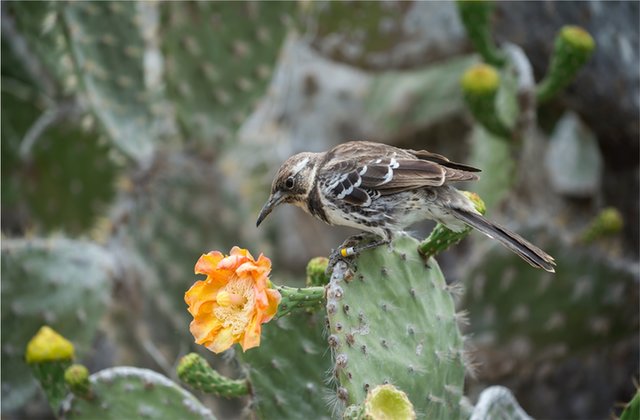
Floreana mockingbird
Darwin’sLongestStay
ItwasSantiagoIslandwhereDarwinstayedthelongest.HerehesawwhatLawsonhaddescribed:Thetortoiseswere different.Darwinhadcollectedvastamountsofsamples.Yet,hedidn’tunderstandwhathewas seeing.
Ofthemockingbirds,hecouldseefourdifferentspecies,eachfromdifferentislands.Thefincheshe’dcollectedseemedtobedifferent, too.
Darwingavethesamplestothe ornithologist JohnGouldtoexamine.Gouldfoundthattheyweredifferentenoughtojustifyatleast14 species.Darwinwouldponderthisfor years.

Life Science
History of Science
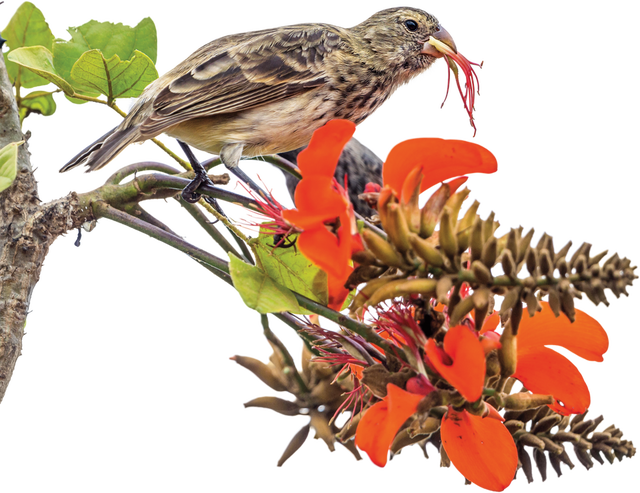
femalevegetarian
finch
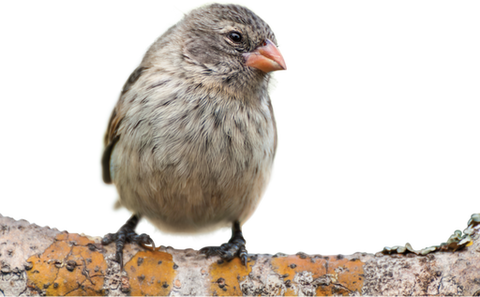
smallground finch